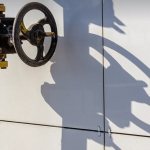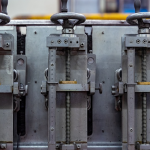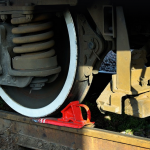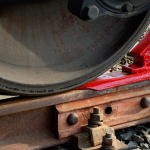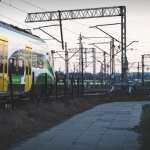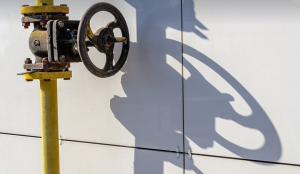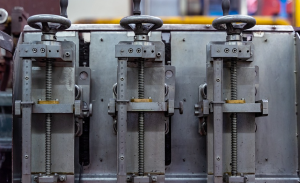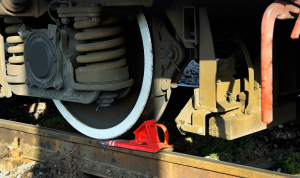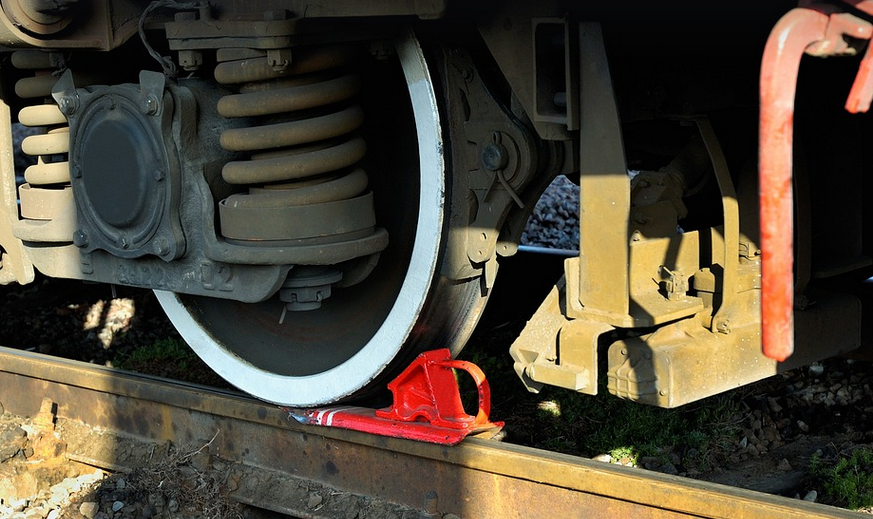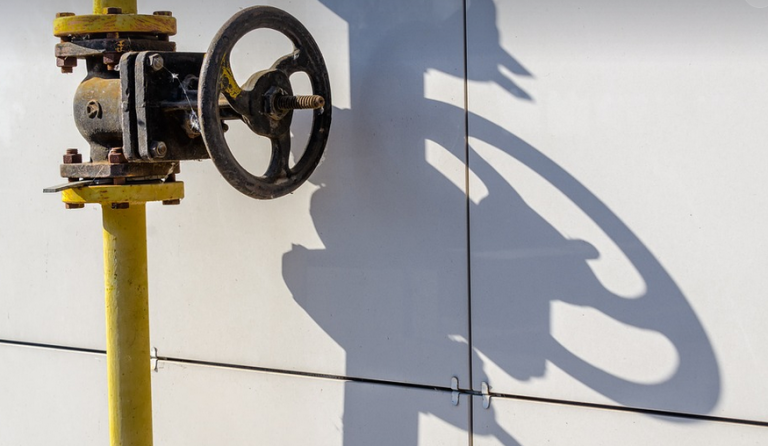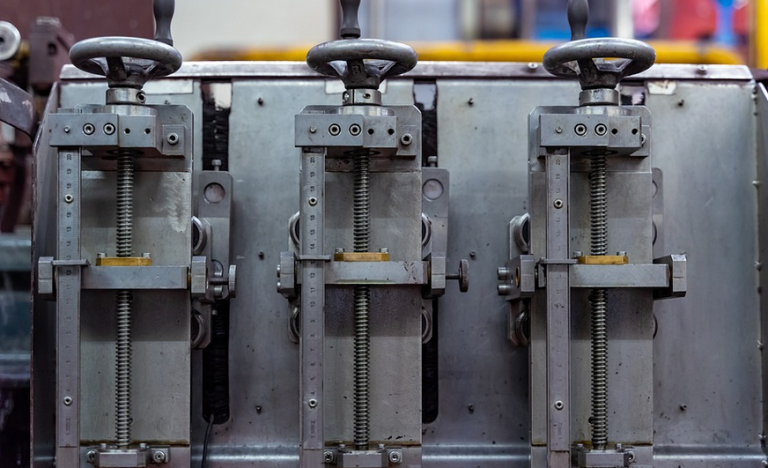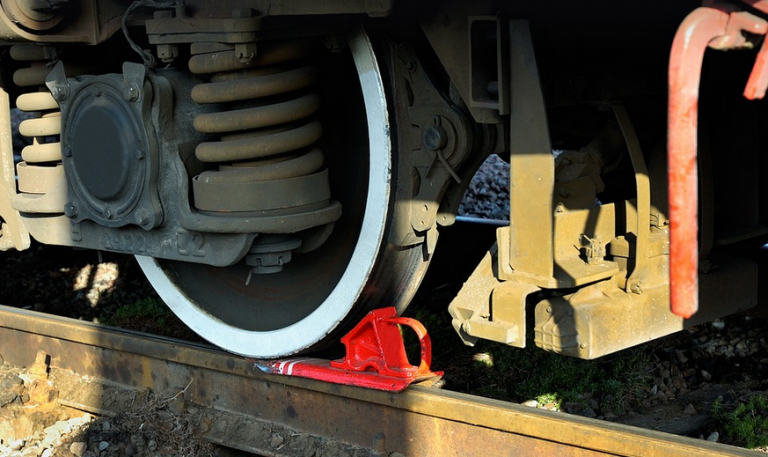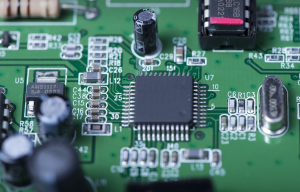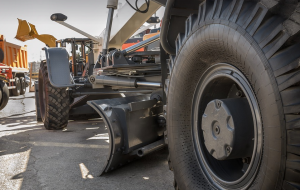Understanding the Anatomy of Your Milling Powerhouse
So you’ve got your hands on a Bridgeport milling machine, and you’re ready to dive into the world of precision machining. That’s fantastic! But before you start drilling in and making those sweet, sweet shavings, you need to get acquainted with its inner workings. Understanding the parts of your Bridgeport is essential for efficient operation, troubleshooting common issues, and even just appreciating the magnificent machine’s engineering prowess.
Let’s embark on an exploration through this metal-clad marvel. We’ll start with a breakdown of the main components and their roles in the milling process.
The Core Components:
Like any well-oiled machine, the Bridgeport has its own unique set of core components that work together to create a symphony of precision. Here’s a glimpse into these essential parts:
1. The Column and Cast Iron Bed
This sturdy powerhouse is your foundation – the column supporting the carriage. The column, often made of sturdy steel, provides a robust base for the entire machine to stand on. The cast-iron bed is a massive piece that acts as an incredibly stable platform where all the action happens. It’s the workhorse that holds everything in place.
The Importance of Stability: A rock-solid foundation is essential for precise milling, but it also helps prevent unexpected wobbles or vibrations. Bridgeport’s robust design ensures a smooth and consistent operation even during demanding machining tasks.
2. The Headstock and Motor
Next up, let’s talk about the headstock – the most crucial component in terms of power transfer and feed control. This headstock houses the motor that spins the spindle, allowing you to control the cutting speed and feed rate for your workpiece.
Motorizing Your Work: The motor provides the necessary force and torque for cutting through materials. The precision-engineered design of the headstock allows for controlled movements, ensuring accuracy in machining processes.
3. The Spindle
Often referred to as the “heart of the machine,” the spindle is a central component responsible for holding and rotating your workpiece during the milling process. It’s what makes the magic happen!
The Powerhouse: The spindle is connected to the motor and provides rotational force, enabling you to cut through different materials with precision.
4. Feed System
Now, we shift gears to the feed system – a dedicated set of components responsible for precise material removal. These components ensure that your workpiece moves smoothly and accurately along the desired path during your milling operation.
Controlling the Dance: The feed system is crucial in maintaining accurate machining without any unnecessary bumps or vibrations, allowing you to focus on the precision of your work.
5. The Cross Slide and X-Axis Travel
Next up, we explore the cross slide – a mechanism that allows for precise movements across the X-axis. With its ability to move along the direction of the machine’s travel, the cross slide enables you to precisely control your workpiece’s depth and allow for various milling tasks.
Finding the Right Angle: The cross slide is critical in achieving accurate cuts – it allows for precise movements across the X-axis, making it ideal for creating angles or curves in your workpieces.
6. The Y-Axis and Rotary Table
Now, let’s dive into the Y-axis, a component that provides vertical movement with increased accuracy and precision for milling tasks. This axis allows you to move your workpiece along the Y-axis.
Vertical Precision: The rotary table enables precise angle adjustment and adds another layer of control to your machining process.
Beyond the Basics
So, what else can we explore about your Bridgeport? Let’s dive deeper into additional components that play their vital role in the machine.
7. The Tool Post:
The tool post is not just a holder for the tools but serves as an intricate hub for accurate cutting and precise movements of your workpieces. It’s where the magic happens – connecting the tools to the spindle, allowing you to select and utilize different tooling based on your project requirements.
8. Quick Change Tooling:
With quick change tool systems, you can change tools quickly and easily—a major advantage in terms of time-efficiency for the Bridgeport’s heavy duty work. These are critical components that provide a wide range of options to suit your specific needs for different tasks.
9. The Machine Table:
This is where all the action happens. The machine table offers support and stability, allowing you to place your workpiece securely for precise cutting operations. It’s more than just a platform; it’s an integral part of the overall machining process.
Understanding Your Bridgeport
Now that we’ve explored some key components, let’s talk about how they work together! The Bridgeport operates on a foundation of precision and control. As you start your milling journey with this machine, understanding these elements is key to unlocking its potential and achieving the desired results.
Remember, knowledge is power! Explore your Bridgeport, learn its quirks and idiosyncrasies, and watch as it becomes an extension of your own creativity – a true testament to the timeless beauty of precision engineering.
